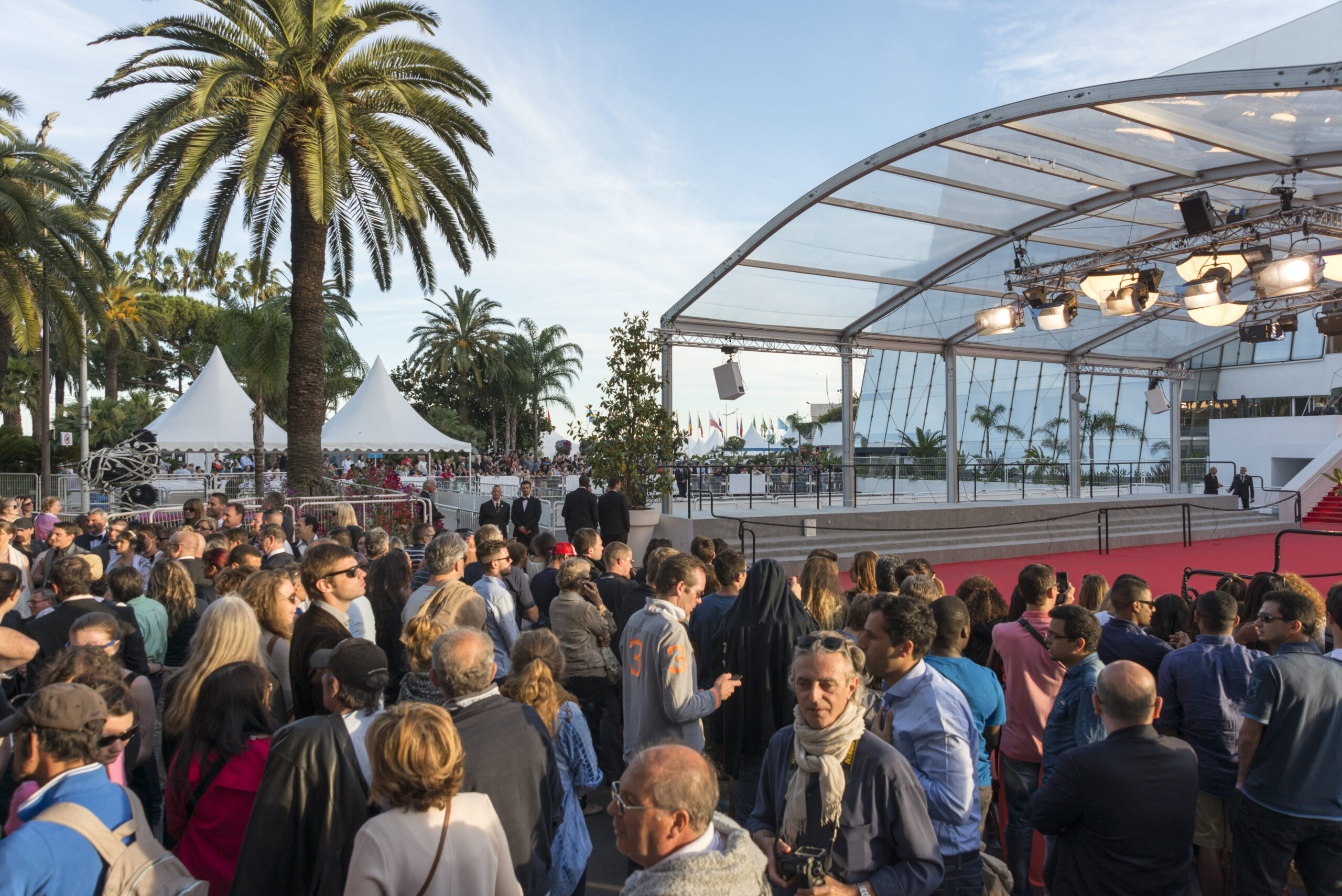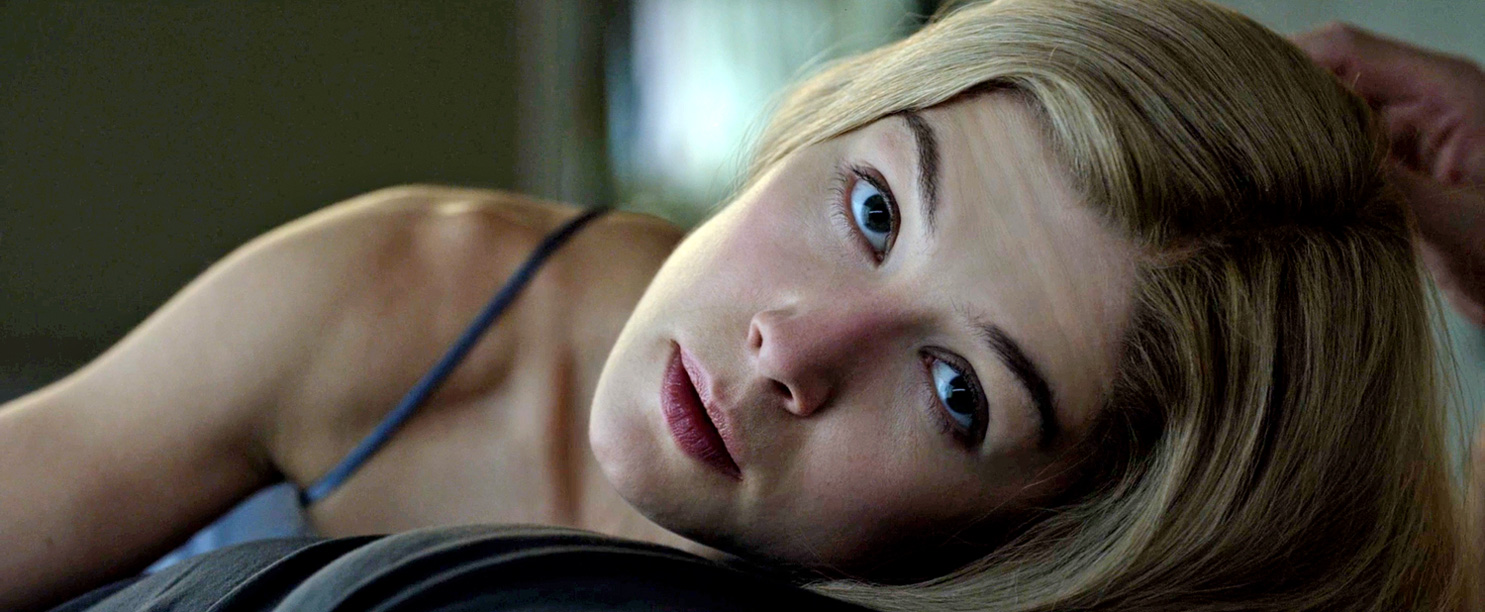I am proud to have facilitated the Screenwriting Community within IMIS for the last year.
This Community was set up to offer something powerful for Screenwriters, with a focus on skills and opportunities.
Continue reading
This content is restricted to IMIS members.
Apply to become a member and get access to our knowledge base, past event videos, the Member Directory and more…
Existing members please log in here.



